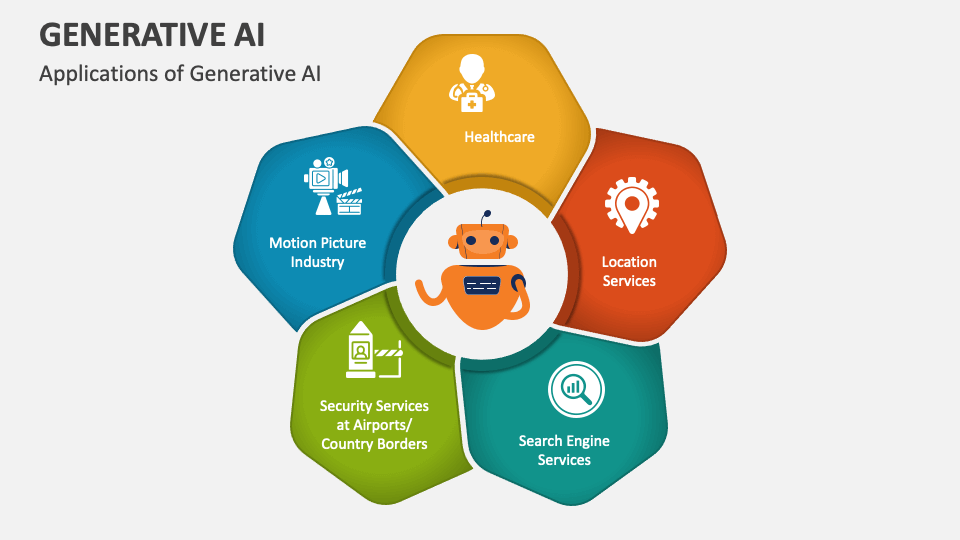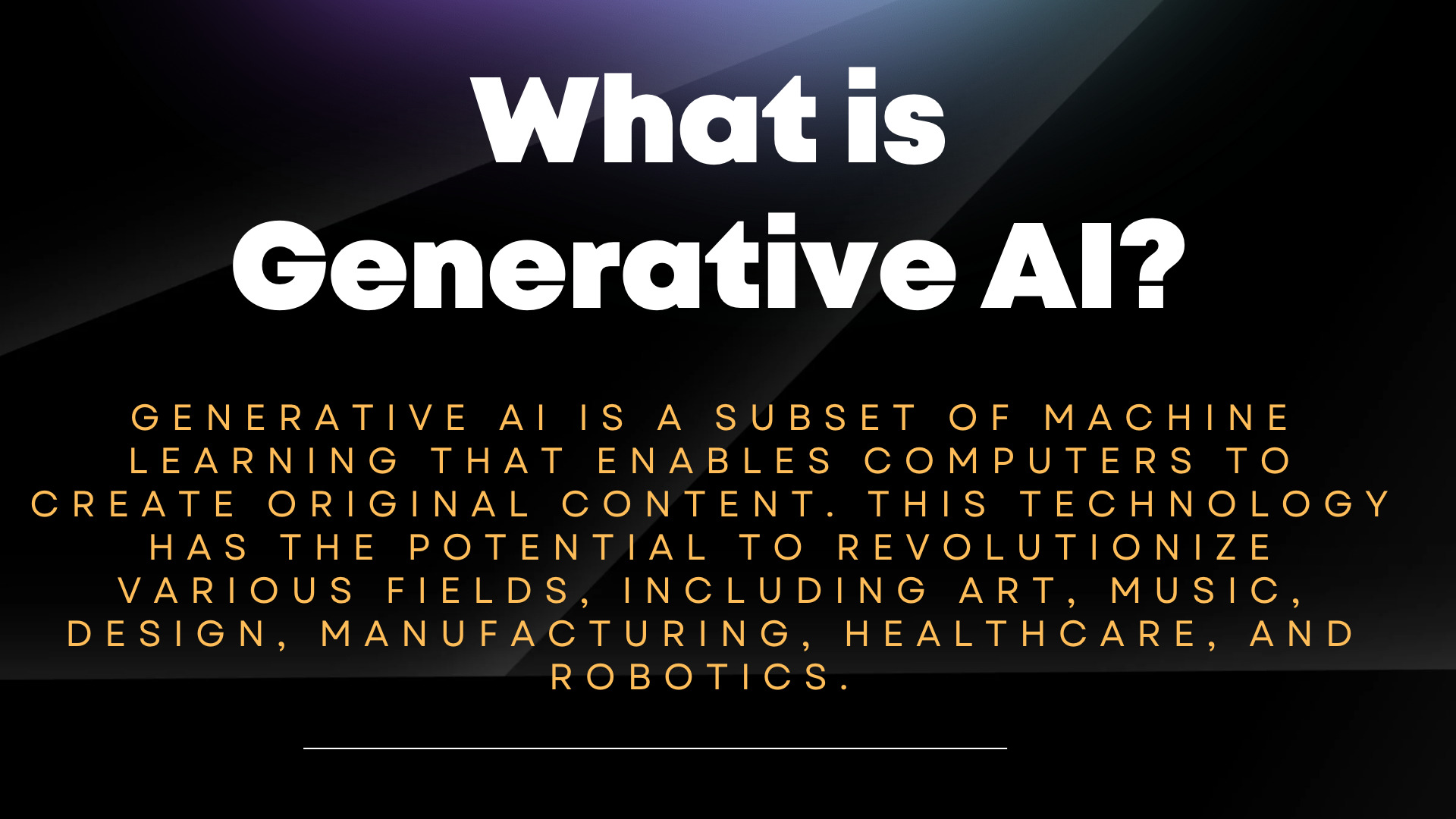All Categories
Featured
A lot of AI firms that educate large versions to create text, photos, video, and sound have actually not been transparent concerning the material of their training datasets. Numerous leaks and experiments have exposed that those datasets consist of copyrighted product such as publications, newspaper articles, and films. A number of suits are underway to establish whether use copyrighted material for training AI systems comprises fair usage, or whether the AI business require to pay the copyright holders for usage of their material. And there are of training course numerous classifications of bad things it could theoretically be made use of for. Generative AI can be used for personalized scams and phishing assaults: For instance, using "voice cloning," scammers can duplicate the voice of a certain individual and call the individual's household with a plea for assistance (and cash).

(Meanwhile, as IEEE Spectrum reported this week, the united state Federal Communications Commission has actually responded by banning AI-generated robocalls.) Picture- and video-generating devices can be utilized to produce nonconsensual porn, although the devices made by mainstream companies disallow such use. And chatbots can theoretically walk a prospective terrorist via the steps of making a bomb, nerve gas, and a host of other horrors.
What's more, "uncensored" variations of open-source LLMs are available. Regardless of such potential issues, lots of individuals assume that generative AI can also make individuals a lot more productive and could be used as a tool to enable totally new kinds of creative thinking. We'll likely see both calamities and creative bloomings and lots else that we don't anticipate.
Discover much more concerning the mathematics of diffusion models in this blog post.: VAEs contain 2 semantic networks normally described as the encoder and decoder. When provided an input, an encoder converts it right into a smaller sized, much more thick representation of the data. This compressed depiction protects the details that's required for a decoder to rebuild the initial input data, while discarding any type of irrelevant information.
This enables the individual to quickly sample new hidden representations that can be mapped through the decoder to generate unique information. While VAEs can produce results such as pictures faster, the images created by them are not as described as those of diffusion models.: Uncovered in 2014, GANs were thought about to be the most generally used approach of the 3 before the current success of diffusion models.
The 2 designs are trained together and get smarter as the generator creates far better content and the discriminator improves at identifying the generated web content - How does AI optimize advertising campaigns?. This procedure repeats, pushing both to constantly boost after every version until the produced content is equivalent from the existing material. While GANs can give top notch examples and create outputs swiftly, the example diversity is weak, as a result making GANs much better suited for domain-specific information generation
How Is Ai Shaping E-commerce?
Among the most preferred is the transformer network. It is necessary to comprehend exactly how it functions in the context of generative AI. Transformer networks: Comparable to persistent neural networks, transformers are designed to process sequential input information non-sequentially. 2 mechanisms make transformers specifically experienced for text-based generative AI applications: self-attention and positional encodings.

Generative AI starts with a structure modela deep knowing model that offers as the basis for numerous different types of generative AI applications. One of the most usual structure versions today are huge language versions (LLMs), developed for message generation applications, however there are also foundation designs for picture generation, video generation, and noise and music generationas well as multimodal foundation designs that can support numerous kinds content generation.
Find out more about the background of generative AI in education and learning and terms connected with AI. Discover more about just how generative AI functions. Generative AI devices can: React to motivates and concerns Develop pictures or video clip Summarize and manufacture details Modify and edit web content Produce innovative jobs like musical make-ups, stories, jokes, and rhymes Compose and correct code Manipulate data Produce and play video games Abilities can differ significantly by device, and paid variations of generative AI tools usually have specialized features.
Generative AI devices are constantly finding out and evolving however, as of the day of this publication, some constraints consist of: With some generative AI devices, regularly integrating actual research right into message remains a weak functionality. Some AI devices, for example, can create message with a recommendation listing or superscripts with links to sources, however the referrals frequently do not represent the text developed or are phony citations constructed from a mix of real magazine info from numerous resources.
ChatGPT 3.5 (the cost-free variation of ChatGPT) is trained making use of data available up until January 2022. Generative AI can still make up possibly incorrect, simplistic, unsophisticated, or prejudiced responses to inquiries or triggers.
This checklist is not extensive yet features some of the most commonly used generative AI tools. Devices with free variations are shown with asterisks - AI for small businesses. (qualitative research AI assistant).
Latest Posts
Human-ai Collaboration
Ai Industry Trends
What Is Multimodal Ai?